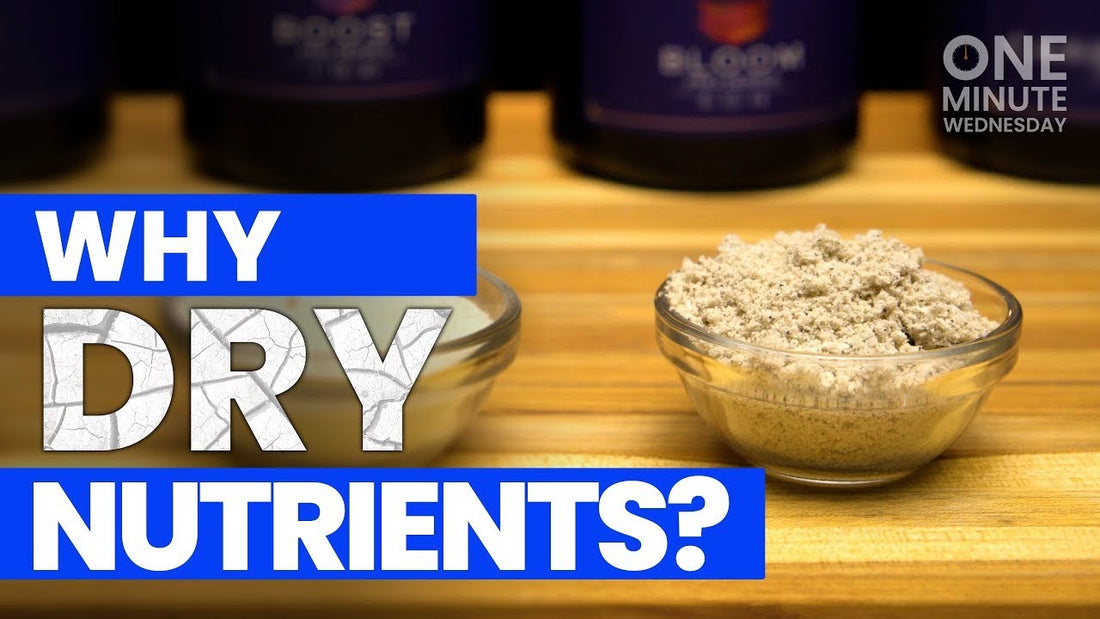
Plant Fertilizer: A Complete Guide to Choosing and Using the Best Fertilizer
What is Plant Fertilizer?
Plant fertilizer is a substance that provides essential nutrients to plants to promote healthy growth, improve soil fertility, and increase yield. Fertilizers typically contain a mix of three key macronutrients: nitrogen (N), phosphorus (P), and potassium (K), often referred to as NPK. These nutrients are crucial for plant development, supporting everything from leaf growth to root development and flowering. Plant fertilizers come in different forms, including organic, synthetic, liquid, and granular, catering to a variety of gardening needs.
Why Do Plants Need Fertilizer?
While plants can extract nutrients from the soil, over time, soil can become depleted, especially after repeated growing cycles. Fertilizers replenish these nutrients, ensuring that plants get the vital components they need to thrive. Each plant requires specific nutrients depending on its growth stage, and fertilizers help maintain the proper nutrient balance in the soil.
1. Nitrogen (N)
Nitrogen is essential for promoting leafy green growth and is a critical component of chlorophyll, which plants use for photosynthesis. Plants with nitrogen deficiency may show stunted growth and yellowing leaves.
2. Phosphorus (P)
Phosphorus supports root growth, flower development, and seed production. It is vital during the early stages of plant growth, helping plants establish a strong root system.
3. Potassium (K)
Potassium improves overall plant health by strengthening cell walls, enhancing drought resistance, and boosting the plant's ability to fight diseases. It plays a crucial role in water uptake and photosynthesis.
Types of Plant Fertilizers
There are several types of fertilizers available, each with its own advantages. The type of fertilizer you choose will depend on the plant's needs, soil condition, and your gardening goals. The main categories are:
1. Organic Fertilizers
Organic fertilizers are made from natural sources like compost, manure, bone meal, and plant-based materials. They release nutrients slowly, improving the soil's structure and fertility over time. Some popular organic fertilizers include:
- Compost: Rich in organic matter, it improves soil structure and nutrient content.
- Manure: Adds organic material and nutrients like nitrogen, phosphorus, and potassium to the soil.
- Bone Meal: High in phosphorus and calcium, great for promoting root growth.
2. Synthetic Fertilizers
Synthetic fertilizers are chemically formulated to provide an instant nutrient boost to plants. They are highly concentrated and fast-acting but don’t improve soil quality over time. Some common synthetic fertilizers include:
- Granular Fertilizers: Easy to apply, slow-release options that provide nutrients over an extended period.
- Liquid Fertilizers: Quickly absorbed by plants, making them ideal for rapid nutrient uptake.
- Water-Soluble Fertilizers: Dissolve in water for easy application, particularly in container gardening and hydroponics.
How to Choose the Right Fertilizer
Choosing the right fertilizer for your plants depends on several factors, such as the type of plants, soil condition, and desired outcome. Here are some tips to guide your decision:
- Test Your Soil: Before applying fertilizer, it’s important to test your soil to determine which nutrients are lacking. This can help you select the right fertilizer formula.
- Understand NPK Ratios: Fertilizers have different NPK ratios depending on the specific needs of the plants. For example, leafy vegetables may need higher nitrogen, while flowering plants benefit from more phosphorus.
- Organic vs. Synthetic: Organic fertilizers work slower but improve soil health in the long run. Synthetic fertilizers provide immediate results but should be used carefully to avoid over-fertilization.
How to Apply Plant Fertilizer
Correct application of fertilizer ensures that your plants receive the necessary nutrients without overloading the soil. There are a few common methods for applying fertilizers:
1. Granular Fertilizers
Spread granular fertilizers evenly over the soil, either before planting or around the base of established plants. Granular fertilizers release nutrients slowly and are usually watered in after application.
2. Liquid Fertilizers
Mix liquid fertilizers with water according to the product’s instructions and apply directly to the soil or leaves. Liquid fertilizers are rapidly absorbed, making them an excellent choice for plants that need immediate nutrient boosts.
3. Slow-Release Fertilizers
Slow-release fertilizers gradually release nutrients over time, reducing the need for frequent applications. These are ideal for long-term plant care and work well in container gardens or raised beds.
Common Fertilizer Mistakes to Avoid
Overuse or improper application of fertilizer can harm plants. Here are some common mistakes to avoid:
- Over-Fertilizing: Too much fertilizer can lead to nutrient burn, where the leaves of the plant turn brown or yellow.
- Using the Wrong Fertilizer: Different plants require different nutrients. Always match the fertilizer to the plant’s needs, such as using high-phosphorus fertilizer for flowering plants.
- Applying at the Wrong Time: Fertilizing during the wrong season, such as in winter when plants are dormant, can waste fertilizer and harm plant health.
Conclusion: Nourish Your Plants with the Right Fertilizer
Fertilizing your plants is essential for ensuring that they receive the nutrients necessary for strong growth and high yields. By understanding the different types of fertilizers and how to apply them correctly, you can keep your plants healthy and vibrant. Remember to test your soil, choose the appropriate fertilizer, and avoid over-fertilizing to get the best results.
